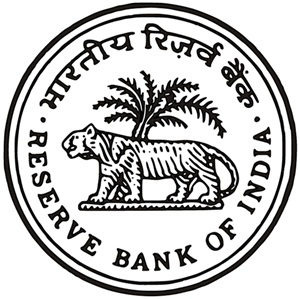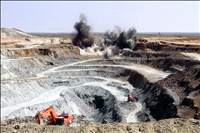The Monetary Policy Committee (MPC) of the Reserve Bank of India (RBI), at its meeting on Friday, decided to maintain status quo in its monetary policy stance and keep the policy repo rate under the liquidity adjustment facility (LAF) unchanged at 4.0 per cent.

Consequently, the reverse repo rate under the LAF remains unchanged at 3.35 per cent and the marginal standing facility (MSF) rate and the Bank Rate at 4.25 per cent.
The MPC also decided to continue with the accommodative stance as long as necessary – at least during the current financial year and into the next financial year – to revive growth on a durable basis and mitigate the impact of Covid-19 on the economy, while ensuring that inflation remains within the target going forward.
RBI said the decisions are based on an assessment of the current and evolving macroeconomic situation and are in consonance with the objective of achieving the medium-term target for consumer price index (CPI) inflation of 4 per cent within a band of (+/- 2) per cent, while supporting growth.
RBI said in doing so it has taken due consideration of the slackening of global economic recovery in Q4 (October-December) of 2020 relative to Q3 (July-September) as several countries battle second waves of COVID-19 infections, including more virulent strains. Economic activity is expected to gain momentum in the second half of 2021.
Barring some emerging market economies, inflation also remains benign on weak aggregate demand, although rising commodity prices carry upside risks.
Financial markets remain buoyant, supported by easy monetary conditions, abundant liquidity and optimism from the vaccine rollout.
Global trade is also expected to rebound in 2021, with services trade on a slower recovery than merchandise trade.
On the domestic front, the country’s real GDP is estimated to contract by 7.7 per cent.
High frequency indicators like railway freight traffic, toll collection, e-way bills, and steel consumption suggest that revival of some constituents of the services sector gained traction in Q3 (October-December). The agriculture sector too remains resilient, the MPC noted.
Inflation rate also remained subdued after breaching the upper tolerance threshold of 6 per cent for six consecutive months (June-November 2020). CPI inflation fell to 4.6 per cent in December on the back of easing food prices and favourable base effects. Food inflation declined to 3.9 per cent in December after averaging 9.6 per cent during the previous three months (September-November) due to a sharp correction in vegetable prices and softening of cereal prices with kharif harvest arrivals.
Since the fall in inflation is due to increased availability of seasonal vegetables and fruits, RBI fears a return of inflationary pressures.



















.jpg)










